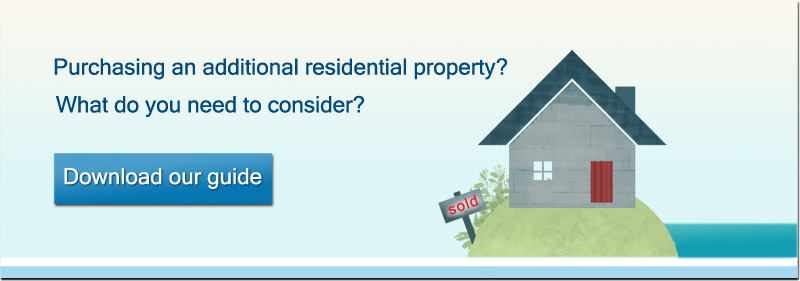
Are Velux windows and skylights part of a roof? We explore the interesting case of Waelde -v- Ulloa and ask the question - what is part of a roof?
The Background
A single dwellinghouse in Edinburgh had been converted into three flats - top, middle and bottom. The skylight and velux windows which had later been introduced served only the top floor flat.
- The top floor owner carried out roof repairs and sought to claim a share of the maintenance costs from his downstairs neighbours.
- The middle floor proprietor agreed to pay for the roof but challenged if he was liable for repairs to the skylight or the felt and metal flashings between velux windows and wall, (of a neighbouring property). The proprietor objected to payment for these elements arguing they were not part of the roof and had not been in situ when the burden making the roof "common property" had been introduced.
The Sheriff had to decide if the skylight provided light to the top flat or protection against water ingress in place of the original slates ,i.e. was it a window or roof? The sheriff held the skylight's principal function was providing light. Given this the title provisions did not require lower floor proprietors to pay for same in terms of the title. However, the Tenement Management Scheme provides that all flat owners have to contribute to the upkeep of Scheme property. When it was introduced the skylight became part of the roof by accession and as such common property even though it was not part of the roof in relation to its functionality.
The velux window and skylight were introduced after the subdivision of the property - is this relevant?
- The burden concerning maintenance of the roof was written before the property was subdivided.
- The Sheriff declared that whilst neither roof light was part of the roof the felt and flashing added at the time the velux was introduced was part of the roof.
- Does the burden to maintain a roof mean the roof when the burden was introduced or, the roof at the time the repair is required?
The Sheriff's view was that:
- A maintenance burden should not be restricted to what existed when the burden was imposed, if affected proprietors had consented/agreed to the alteration.
- If a building had been constructed with a flat roof and the titles created a burden imposing shared maintenance between the proprietors of the tenement, the cost of repairs to the flat roof would be made by all of the proprietors concerned.
- If the owners agreed to the flat roof being replaced by a pitched roof and later repairs were needed to the slates it would be unreasonable to suggest that all the same proprietors were not liable for their share of these costs in accordance with any maintenance burden.
This raises questions about what constitutes consent to changes in the character of the building.
The Sheriff declared that the roof or other key areas of a building should include parts that are added to that element which are the same in character. So the obligation to contribute extends to the costs of maintaining the altered elements.
In this particular case the velux was in situ before the middle floor proprietor purchased his flat. The Sheriff declared this meant he agreed to the velux's presence and in doing so accepted the title burden to maintain it.
This is a Sheriff Court decision but until there is any further decision by a higher court, its findings are persuasive.
For more information or advice, get in touch with our experienced team.

